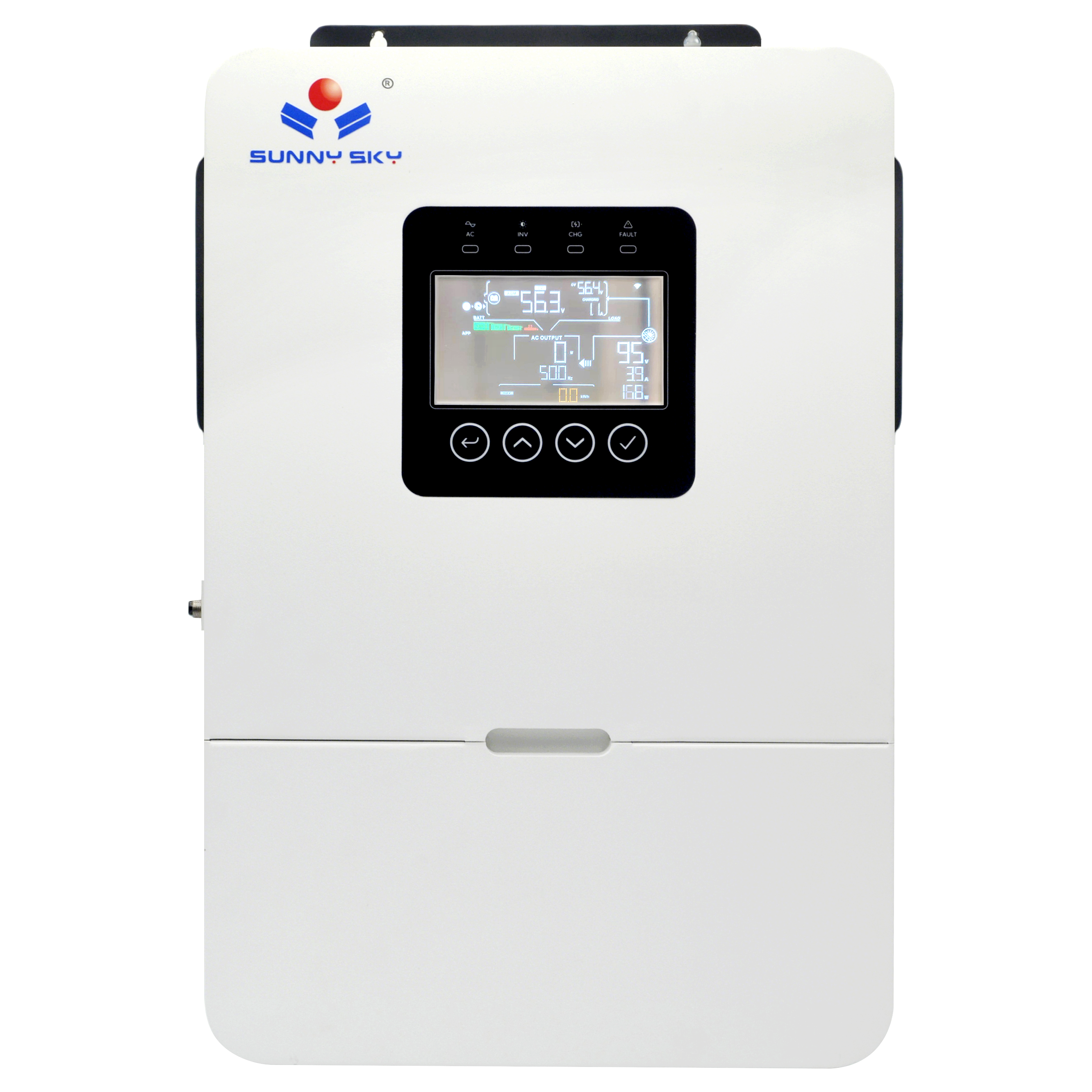MPPT solar charge controller technology has revolutionized the way we harness energy from the sun, offering superior efficiency in converting solar power into usable electricity. This device, known for its ability to track the maximum power point of solar panels, ensures that energy extraction is optimized even under varying weather conditions. As renewable energy solutions gain traction globally, understanding MPPT controllers becomes essential for anyone involved in sustainable energy setups. This article delves into the intricacies of MPPT solar charge controllers, exploring their types, benefits, and applications in modern photovoltaic systems.

Understanding Maximum Power Point Tracking
Maximum power point tracking, or MPPT, is a sophisticated algorithm embedded in these controllers that constantly adjusts the electrical operating point of the solar array to maximize energy output. This is particularly useful in photovoltaic systems where solar panel performance can fluctuate due to factors like shading or temperature changes. For instance, in off-grid solar systems, MPPT technology can boost overall efficiency by up to 30% compared to traditional methods. The TCY Series of MPPT solar charge controllers exemplifies this with its 99% efficiency rating, making it a top choice for solar energy conversion in both residential and commercial settings. By integrating advanced battery management systems, these controllers ensure that solar battery charging is handled precisely, preventing overcharging and extending battery life. MPPT vs PWM controllers is a common debate; while PWM controllers are simpler and cheaper, MPPT ones like the TCY Series provide far greater returns on investment through enhanced energy yields.
Types of Solar Charge Controllers and Their Applications
Solar charge controller types vary based on their technology and intended use, with MPPT being one of the most advanced options available. Traditional controllers like PWM are suitable for smaller setups, but for larger renewable energy solutions, MPPT controllers shine due to their adaptability. In photovoltaic systems, MPPT controllers manage the flow of energy from panels to batteries, ensuring optimal performance in solar energy conversion processes. The TCY Series, for example, supports various charging modes for different battery types, making it ideal for off-grid solar systems in remote locations. Battery management systems integrated into these controllers monitor voltage levels and prevent issues like over-current, enhancing the reliability of the entire setup. This versatility allows users to scale their systems easily, such as through parallel connections, accommodating growing energy demands without compromising safety or efficiency.
Advantages of MPPT in Renewable Energy Solutions
In the realm of renewable energy solutions, MPPT solar charge controllers offer undeniable advantages, particularly in terms of energy efficiency and system longevity. These devices excel in solar battery charging by dynamically adjusting to the panel's output, which is crucial for maintaining peak performance in varying environmental conditions. Compared to PWM controllers, MPPT technology minimizes energy loss, making it a preferred choice for photovoltaic systems aiming for maximum power point tracking accuracy. The TCY Series stands out with its robust protection features, including safeguards against over-voltage and short-circuits, which are essential for battery management systems in demanding applications. For off-grid solar systems, this means reliable power supply even in challenging scenarios, such as during peak usage times. Overall, investing in an MPPT solar charge controller like the TCY Series not only optimizes solar energy conversion but also contributes to long-term cost savings and environmental sustainability, paving the way for a greener future.







